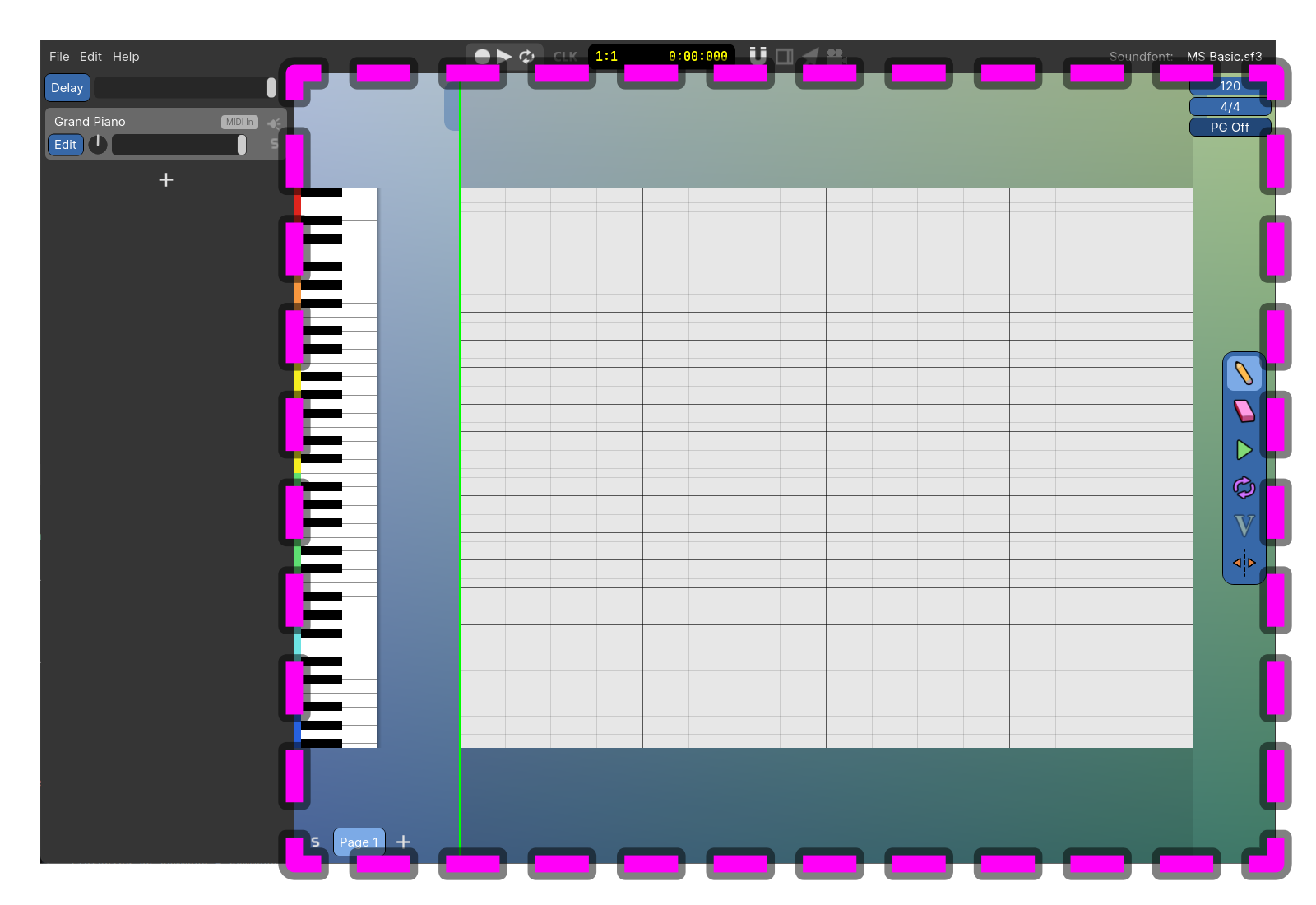The purpose of this alpha build is to test the core features of Audacity 4 on a wide selection of hardware and operating systems.
Alpha 2 contains further work to bring Audacity 4 to feature parity with Audacity 3, as well as important bug fixes.
A note on compatibility
Projects saved in Audacity 4 are not backwards compatible. We recommend you make a copy of your important projects before opening them in Audacity 4.
What's implemented
Recording and playback
Editing audio
Applying destructive and real-time effects
Exporting audio files
Saving and recalling custom Workspaces
What's not implemented
Some yet-to-be finalized features might appear non-functional, or have been excluded from Audacity's interface. These are features not yet ready for user testing, and have been disabled.
Nyquist, LADSPA and VAMP and the OpenVINO plugins
Preferences from Audacity 3 are not carried over
Envelopes and label tracks
Spectrogram view and the spectral editing mode
Most built-in effects, including generators and analyzers
Opening multiple projects at the same time
Notable changes since alpha-1
Allow track range selection using Shift-Enter (#9600)
Record from anywhere (#9540)
Export loop region (#9489)
Preference for paste behavior (#9612)
Preference for whether clicking on ruler should trigger playback (#9707)
Create loop region only when Control / Cmd key is pressed (#9712)
Smoother playhead (#9613)




